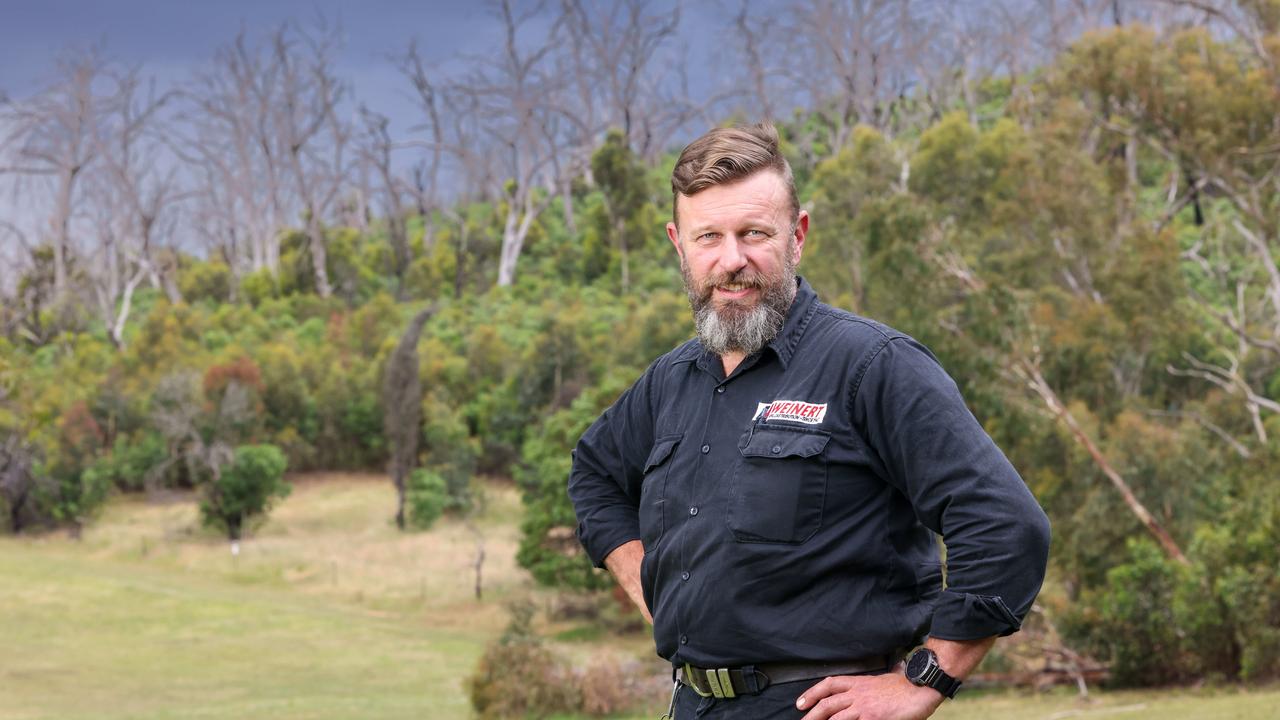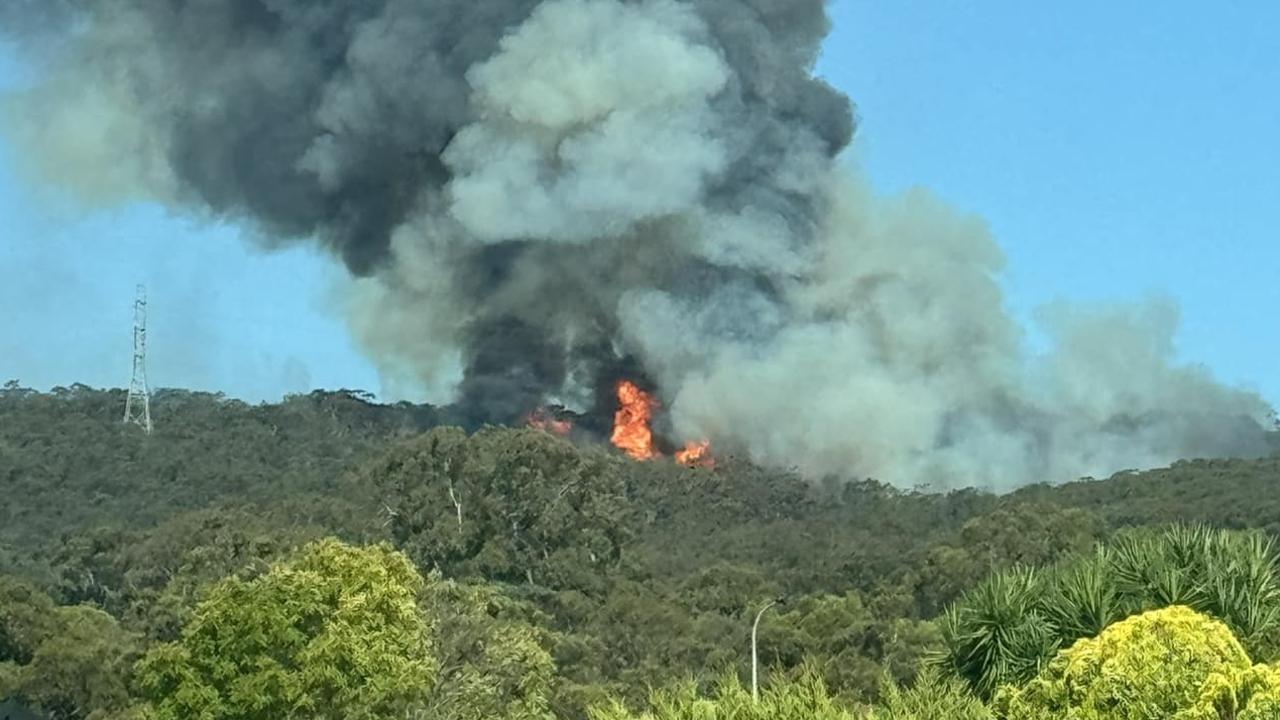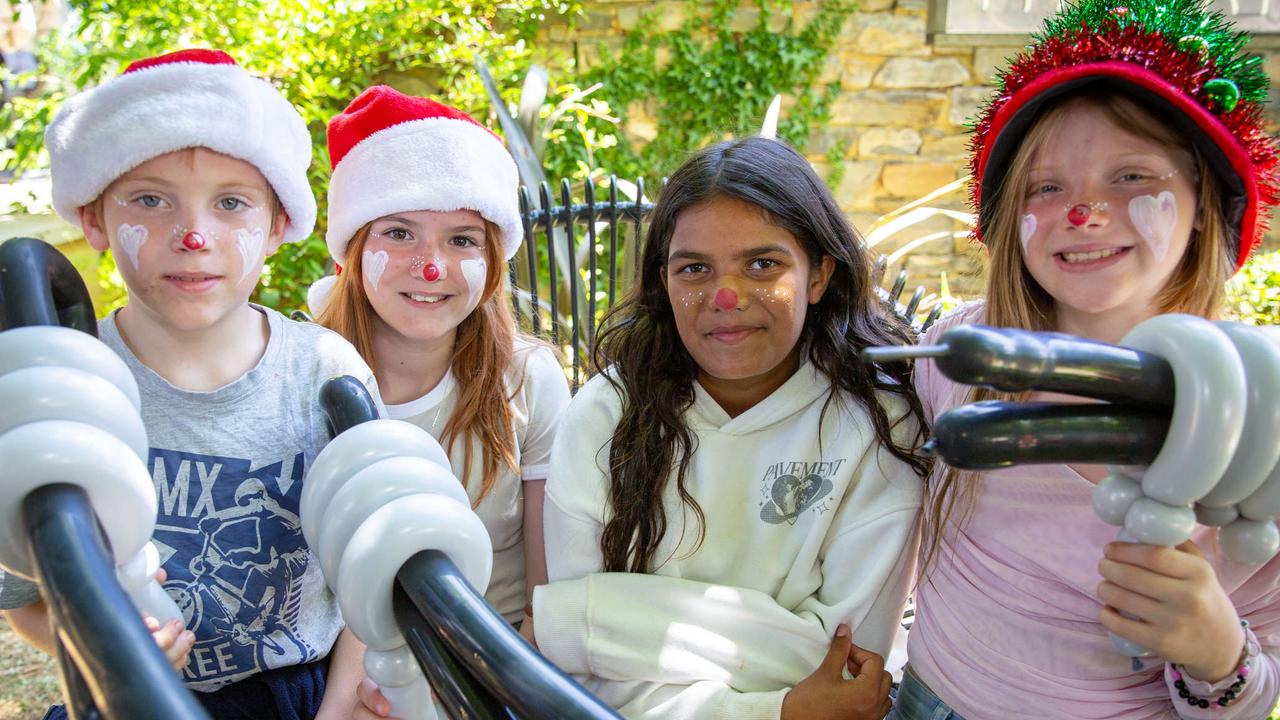Don’t ignore the risks: Simple steps can help save lives this bushfire season
With the weather warming up, South Australians are being urged to make sure they are bushfire-ready

As the temperatures start to climb, South Australians are being encouraged to ensure they are bushfire ready this summer.
Images from the 2019-20 bushfires which killed three South Australians continue to haunt. CFS director community risk and resilience, assistant chief officer Alison May says the recent dry spring, followed by a summer of typically low predicted rainfall, may leave many at risk for the season ahead.
“We’re heading into summer with large areas of quite serious rainfall deficiency, particularly in the state’s south,” she says. “From a fire risk perspective, we’re looking at high above average soil dryness, which means vegetation has dried out quickly and any new growth is likely to dry out quickly as well. This dry vegetation fuel presents a greater fire risk.”
May urges South Australians in bushfire-risk areas to create or update their bushfire plan to ensure that – if danger does present – they minimise risk to themselves and what matters to them most. “We know that everyone’s busy and most people intend to get around to it but it doesn’t happen,” she says. “We’re asking people to take just five minutes to create or update their bushfire survival plan.”
The CFS website offers guidance as well as survival plan templates to help create a bushfire survival plan in three easy steps. Main considerations include:
● WHO your plan will protect – adults, children, people requiring assistance, pets and livestock;
● WHAT to do if bushfire strikes while you’re at work, if pets run away, children are home alone, guests are staying over or your escape route is blocked;
● KEY discussions – will you all leave early or will someone stay to defend the property, where will you go and what will you take, will you take pets, and who do you need to inform of your plans?

“All of these things need a bit of advance planning to make sure that on the worst possible day you’re not doing it in a panic,” May says. “Sitting down as a family and discussing the plan together is ideal, particularly with older relatives as well as children and young people. We know they worry about bushfires and they are better positioned if they have some control. Give them something to do, whether it’s getting the pet’s things together or putting a pre-prepared list of the top five things they want into a go-bag.”
Preparing property is another key part of staying bushfire safe. “Current building codes have come a long way since Ash Wednesday in 1983,” May says. “Houses are now designed with provisions to increase the survivability of residential structures but people still need to be vigilant about preparing their property in the lead-up to bushfire season.”
This includes creating a defendable space, mowing lawns, clearing gutters, removing overhanging branches and not having anything potentially flammable butting up against the house. “The greatest risk for a home to be lost is from ember attack,” May says. “On a hot, windy day, embers can travel 1km-2km from a fire front and those embers can start a fire.”
South Australians travelling over the summer months are also advised to be bushfire aware. “People need to be vigilant about checking Fire Danger Ratings in the areas they’re travelling through, as well as where they’re travelling to,” May says. “When they get to a destination, ask the facility manager for their bushfire plan, and agree with fellow travellers where to meet if the alarm bells go off in the middle of the night.”
Find out more at cfs.sa.gov.au
Blazes forged closer ties

Kangaroo Island resident Sabrina Davis has a blunt bushfire message: Don’t think it can’t happen to you.
That was exactly her thinking – before she and her family were caught in the unfolding horror of the blazes that ripped through the island during the Black Summer of 2019-20.
Davis, husband Ben and their two young children Jordan and Kerily, were left homeless after the family’s third-generation farming property at Gosse was destroyed in the devastating fire that raged from nearby Flinders Chase National Park on the afternoon of January 3, 2020.
Theirs was one of 89 homes lost during the series of lightning-sparked fires which ravaged the island paradise for several weeks. Two people lost their lives and countless farm and native animals also perished.
With the fire front fast approaching, Davis said goodbye to her husband – who had only just returned after weeks battling fires elsewhere on the island – before packing Jordan, Kerily and some belongings into the car to seek refuge in Kingscote, 100km to the east. She never saw the family home – and its rooms full of precious memories – again.
Davis today works for Australian Red Cross as the co-ordinator of its EmergencyRedi workshops, which help people prepare for disasters.
Despite having lived in KI for more than a decade when that grim summer unfolded, she didn’t ever believe she would ever be a fire victim – a sentiment she hears from many of the people she works with.
“I hadn’t really thought about bushfires much, and while there had been some in the area, they had never been close to us,” she says. “I always thought it was never going to happen to me.

“A lot of people say that. When you ask people why they haven’t made a plan they usually say something like: ‘I know what to do, it’s all in my head’ or “it’s not going to happen to me’ – or they believe someone is going to come and save them.”
Davis says the fires were a “wake-up call” for the resilient KI community, with residents becoming more closely connected as a result.
“It’s definitely started a lot of conversations about what can we do better – how can we support one another,” she says.
“KI was always a pretty strong community ... but the Black Summer fires created new connections and bonds between people. There has been a lot of new community groups been founded since the fire so people can support one another. They’ve connected people who weren’t connected beforehand.”
Davis – who established a website and published a book, both called Humans of Kangaroo Island, to allow residents to tell their stories – encourages people to take the time to think about their emergency plans.
“I do talk to a lot of community members who say, ‘We don’t really need a workshop like that’,” she says.
“And then as soon as I tell them my story they say: ‘Well, actually, maybe that is a good idea’. It can happen to all of us ... so let’s be better prepared if it does.”
For information on registering interest in an EmergencyRedi workshop in your area go to redcross.org.au/emergencyredi
Being prepared key to survival

There are three key factors in preparing for a bushfire: having the right information, establishing a plan – and making sure it works.
That’s the opinion of Lobethal’s Adam Weinert, who played a crucial role in helping his community get through the weeks immediately after the 2019 Cudlee Creek blaze.
Weinert, whose home was one of 84 in the Hills community lost in the fire, was instrumental in founding the Lobethal Bushfire Recovery Centre – a “spontaneous volunteer disaster relief organisation” to help residents get back on their feet in the immediate aftermath.
The former Army officer, who returned to his hometown in 2017 to run his family’s fuel distribution firm, says while he saw his home being destroyed, his preparation meant he had been able to successfully defend the Main St business.
“I was up early because I knew it was a catastrophic (fire rating) day,” he recalls. “I had prepared the day before and briefed everyone at work. Once we knew the fire was heading towards us, I made arrangements to either get the fuel trucks all back here or divert them somewhere else, and that all went smoothly.
“We prepared for the fuel depot to be defended – and we did – but it was also the reason we lost the house. My family (partner Teresa and their two young children, Wolfgang and Annalies) evacuated early and I stayed with a number of employees to defend the depot. Unfortunately from the depot I could see our house and I watched it burn down – but the priority in my mind was to save the business, not the home.”
Weinert – who works with community groups to improve their fire preparedness – says information, planning and practise are the “critical three factors” in being bushfire-ready.
He says it’s crucial to build a plan with family and neighbours – and then ensure it’s workable.
“Good planning is strengthened by good rehearsal,” he says. “By rehearsing, you develop a mutual understanding within your family and neighbourhood about the actions to take and who is doing what.”
Originally published as Don’t ignore the risks: Simple steps can help save lives this bushfire season



